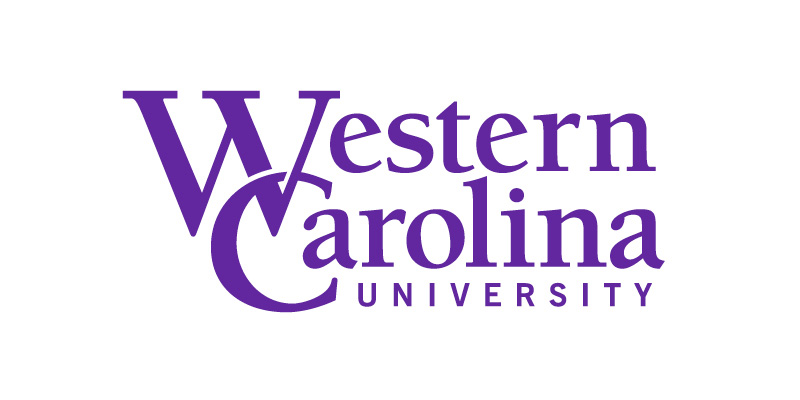Western Carolina University’s Communication Department introduces a new concentration starting in the fall 2024 semester.
Communication department professors Dr. Vincent Russell, Dr. Candy Noltensmeyer, Nora Radway-Moore, Dr. Melinda Weathers, and Cynthia Wray saw the opportunity to create a human communication concentration. They worked as a committee to make it a reality.
The Interpersonal and Cultural Communication Concentration (I&C concentration) is focused on “how people communicate in interpersonal, small group, intercultural, professional and public contexts,” said Russell. Face-to-face discursive behaviors related to collective identity formation, cultural differences, and individual contexts are emphasized.
Instruction is given in cultural ideologies. Theories and practices for managing interpersonal and group connections and social action are covered.
The I&C concentration was designed with the importance of face-to-face communication in mind. “Despite being ‘digital natives’ adept at mediated communication platforms, young people increasingly feel anxious about in-person, synchronous communication,” said Russell.
Such anxiousness can impact interactions like going out with friends or public speaking. Russell also mentioned the increasing loneliness in the US due to communication incompetency and employers’ seeking interpersonal and intercultural communication skills in job candidates.
When examining national peer institutions, it became clear that an I&C concentration was valuable. The 12 institutions reviewed all had a human concentration, but only 50% of UNC-system peers had one.
“These findings suggest unmet needs in human communication instruction among our UNC-system peers,” Russell said.
The concentration will meet these needs by “preparing students for a lifetime of civic engagement, healthy relationships, and workforce participation,” said Russell. It aligns the communication department with national communication curricula trends.
Russell hopes there will be an increase in communication students with the new concentration. “… all COMM 201 instructors have reported losing potential majors because students are not attracted to the current concentrations, despite their initial interest in a communication degree,” said Russell.
The concentration has been designed for anyone and does not force them to be in a specific field like journalism. It focuses more on communication in general, allowing students interested in communication as a whole to get a degree that suits their interests.
With the broad reach of the concentration, collaboration amongst departments is anticipated. Some human communication courses are already required for other departments’ degrees, such as the College of Business minor in conflict resolution.
“The new concentration, thus, provides an opportunity to increase the reach of our department and the number of students we can recruit as communication majors/minors,” said Russell.
The I&C concentration is distinguished from other concentrations as it is not designed for a specific career field. “Instead, this new concentration will prepare students for a range of career paths. Students could find employment in roles such as campaign managers and case workers, among many others,” said Russell.
Elective classes for the other Department’s concentrations are used to fulfill I&C concentration course requirements.
However, there are plans to add new courses. “We plan to develop new courses in the future to respond to student demand and as we identify gaps in the current curriculum,” said Russell.
Below is the current curriculum for the I&C concentration:
-
- In the “pick two” core requirement (301, 312, 345, or 415), students will have to take
- COMM 312: Small Group & Team Communication
- COMM 345: Public and Mediated Speaking
- Required courses (9 hours):
- COMM 301: Interpersonal Communication
- COMM 313: Conflict Resolution
- COMM 415: Intercultural Communication
- Pick three courses from the list (9 hours):
- COMM 215: Organizational Communication
- COMM 346: Communication Ethics and Responsibilities
- COMM 375: Communication in Family and Close Relationships
- COMM 403: Communication Research Methods
- COMM 412: Sex, Sexuality, and Health Communication
- COMM 414: Gender Communication
- COMM 416: Communication Training and Development
- COMM 417: Advanced Professional Speaking
- COMM 493: Special Topics
- Note: Only acceptable if relevant to the I&C concentration
- COMM 494: Communication Projects
- Note: Only acceptable if relevant to the I&C concentration
- One COMM elective (3 hours)
- In the “pick two” core requirement (301, 312, 345, or 415), students will have to take
The concentration will be available for enrollment in the fall 2024 semester.

